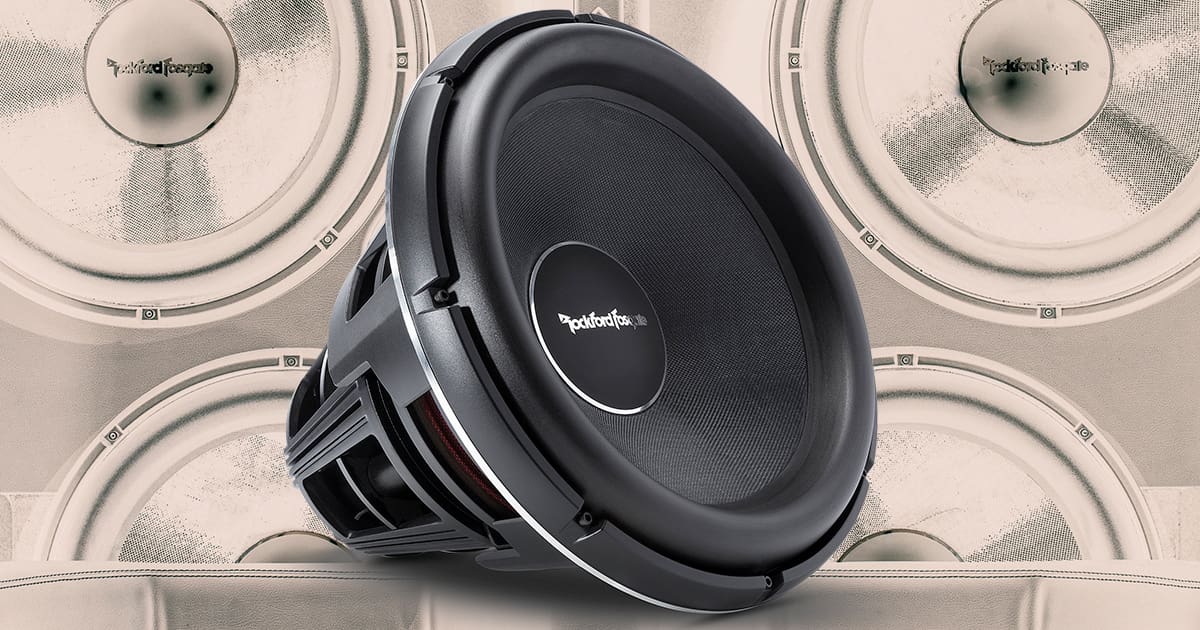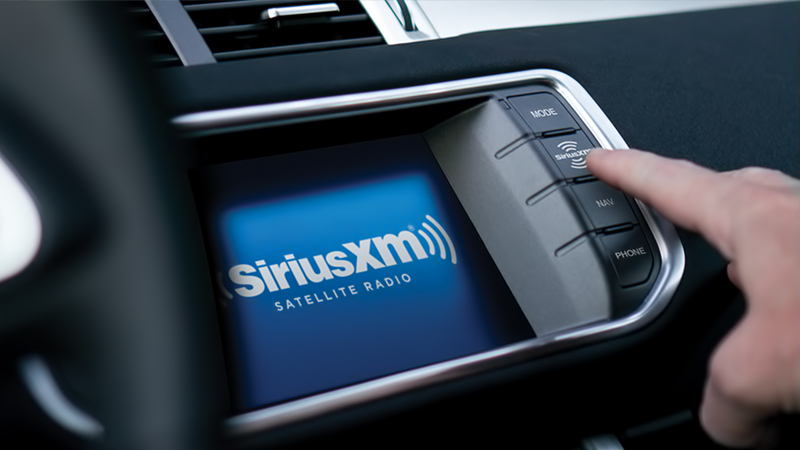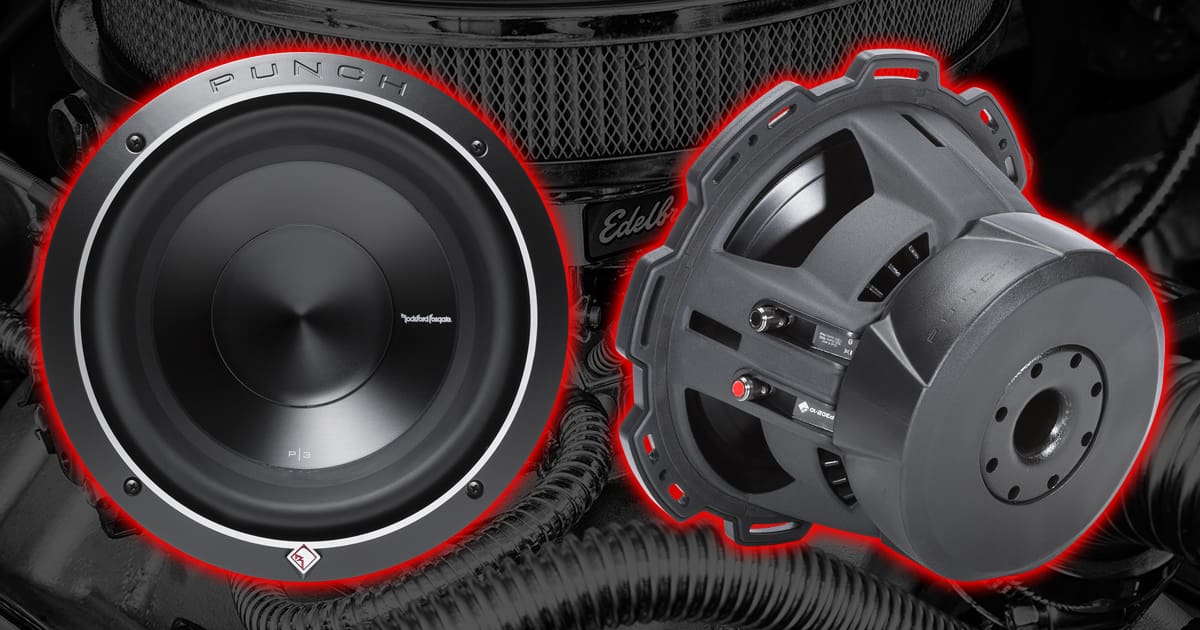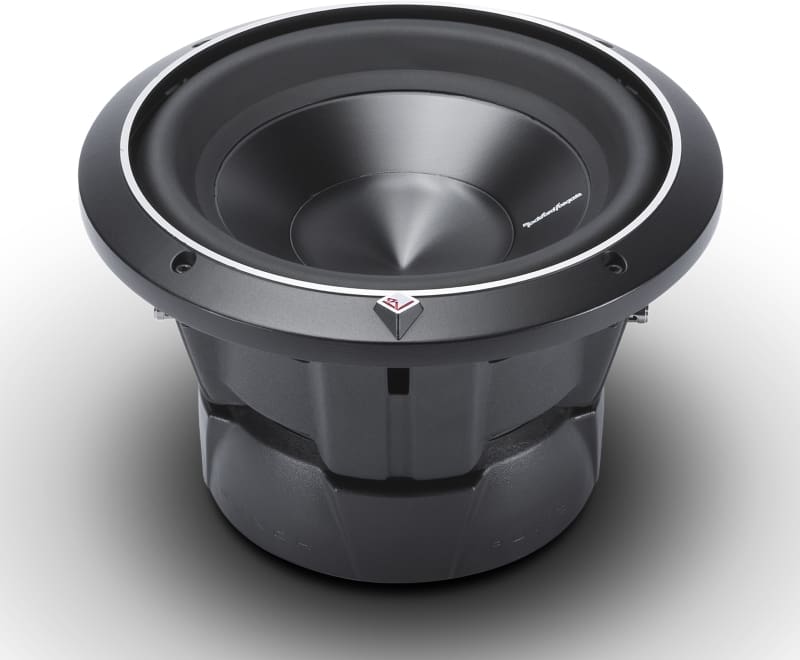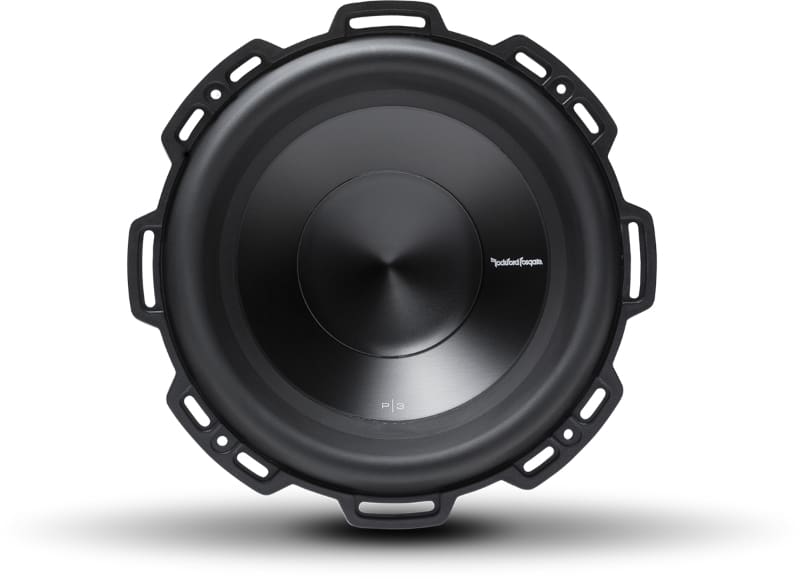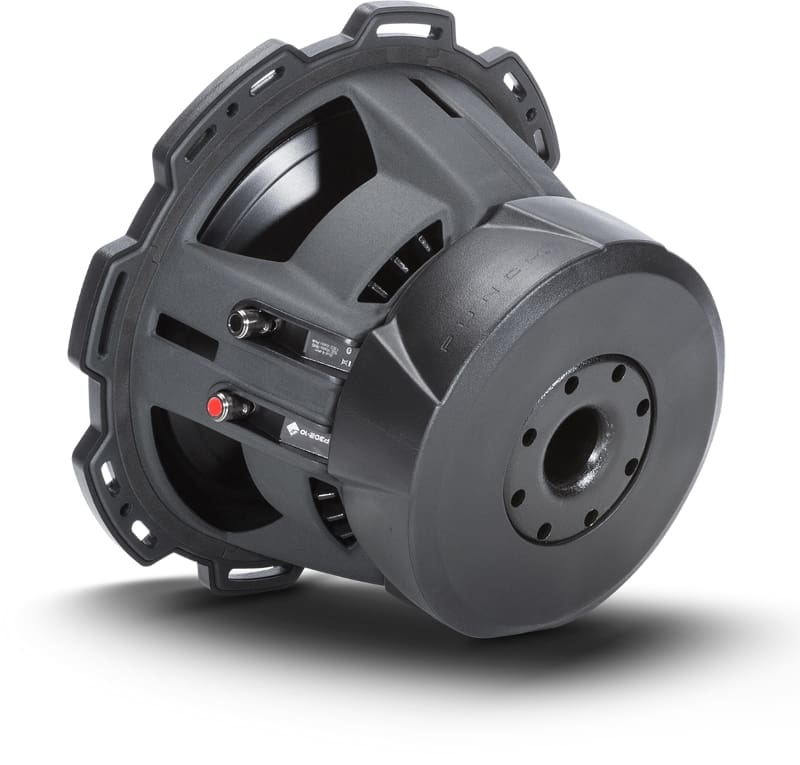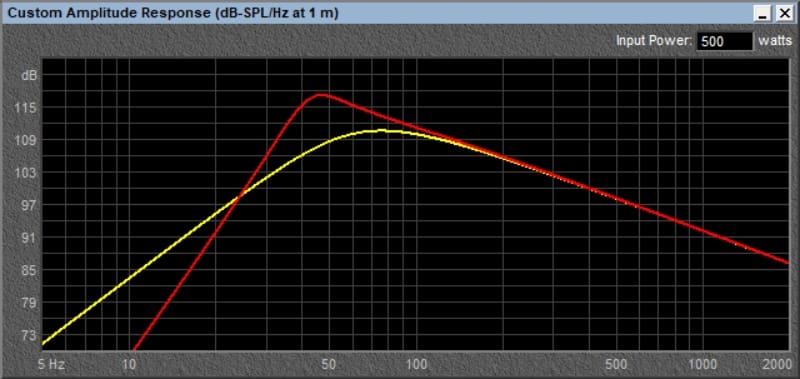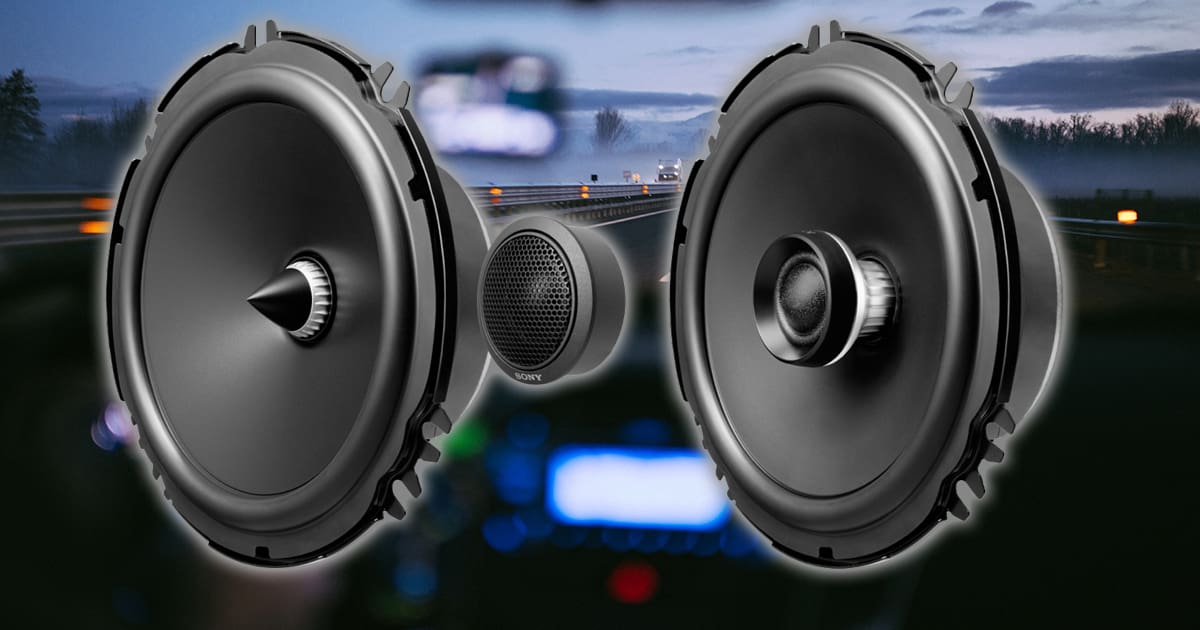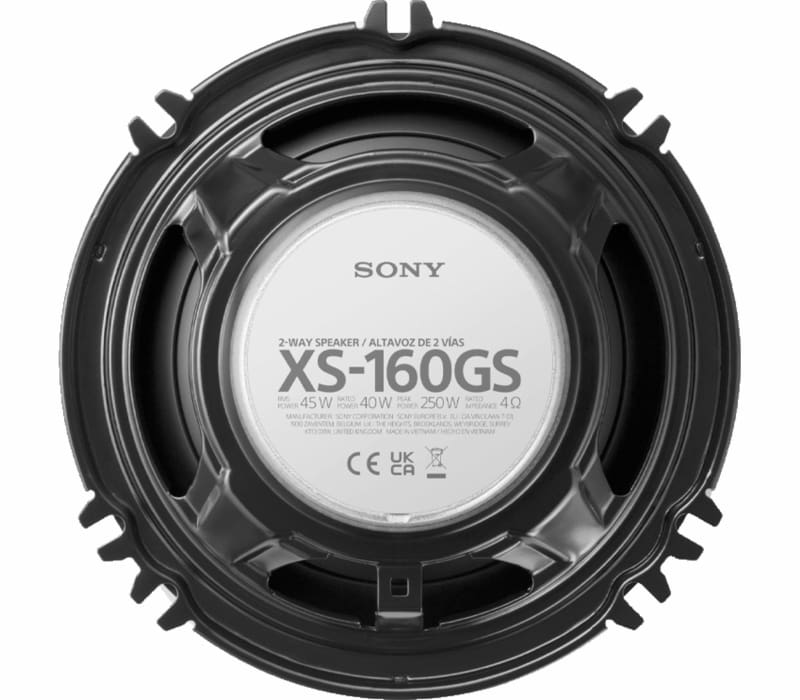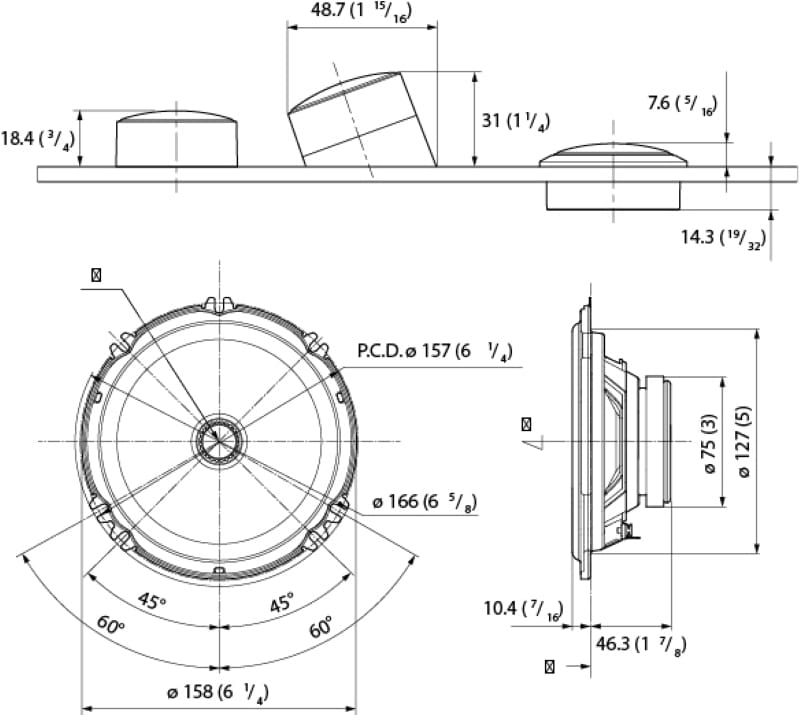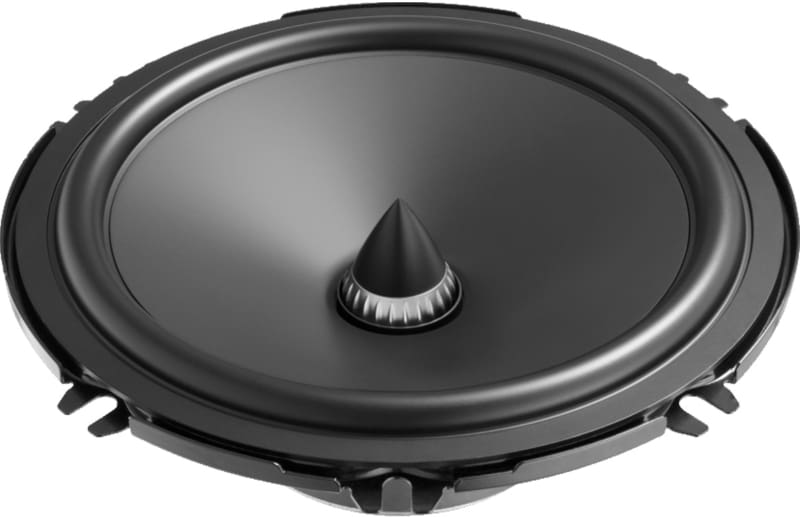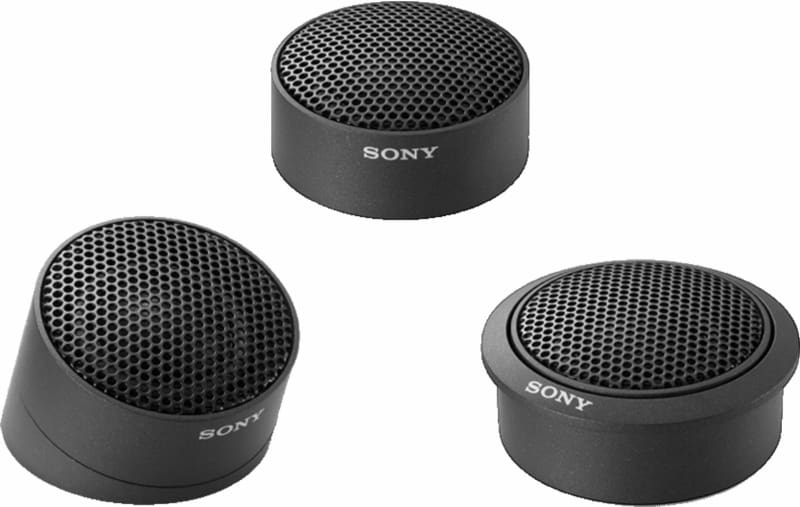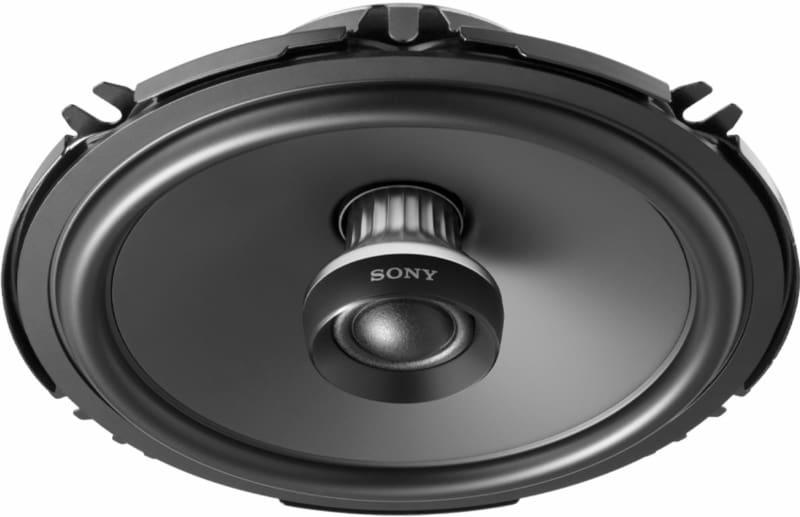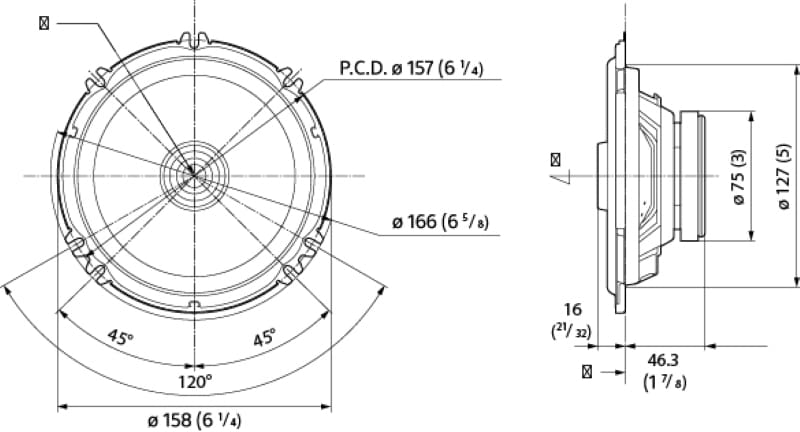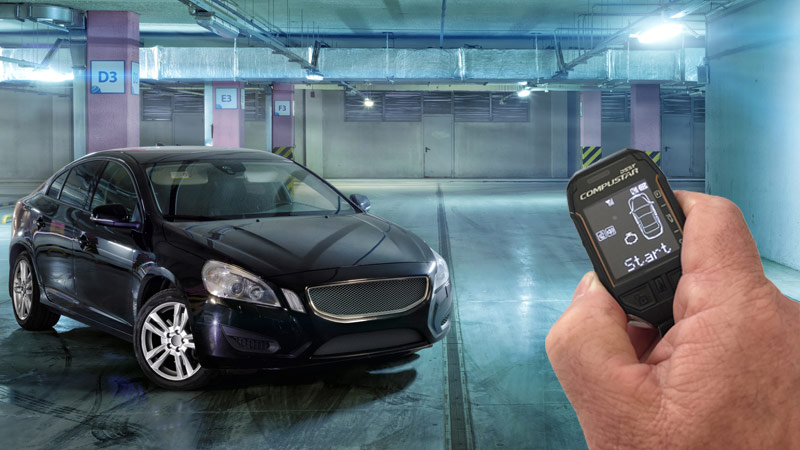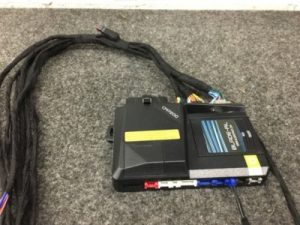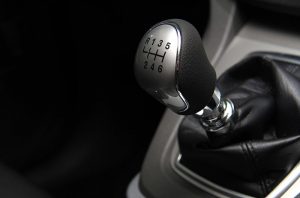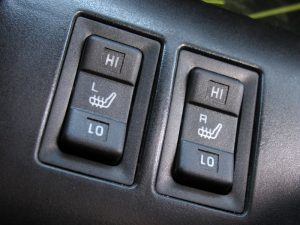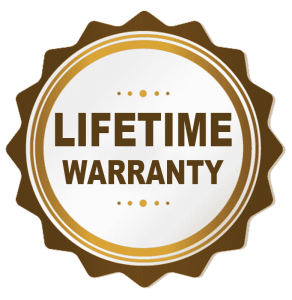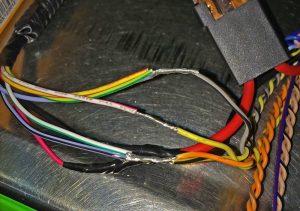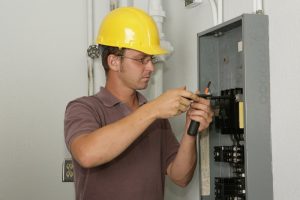When most people think of Rockford Fosgate, they remember that this brand has been delivering car audio products that enthusiasts have craved for over 50 years. Rockford Fosgate’s experience has made them a leader in the development of high-performance amplifiers, speakers and, of course, car audio subwoofers. Rockford has a truly incomparable solution for those who are truly fanatical about their bass. We’re talking about their flagship 19-inch Power Series T3S1-19 and T3S2-19 drivers. Let’s check them out.
Rockford Fosgate T3S1-19 and T3S2-19 Superwoofers
There are three series of subwoofers in the flagship Power Series. The T1 drivers are available in 10-, 12-, and 15-inch sizes. The T2 drivers start getting crazier with 13- and 16-inch diameters. At the top, we have the T3 19-inch drivers. To put that size into perspective, a typical 18-inch high-power subwoofer has an effective cone area of about 1,140 square centimeters. The T3 19-inch subwoofers have cones with a massive 1,472 square centimeter area. That’s an increase of 29%, which translates directly into an increase in efficiency and output.
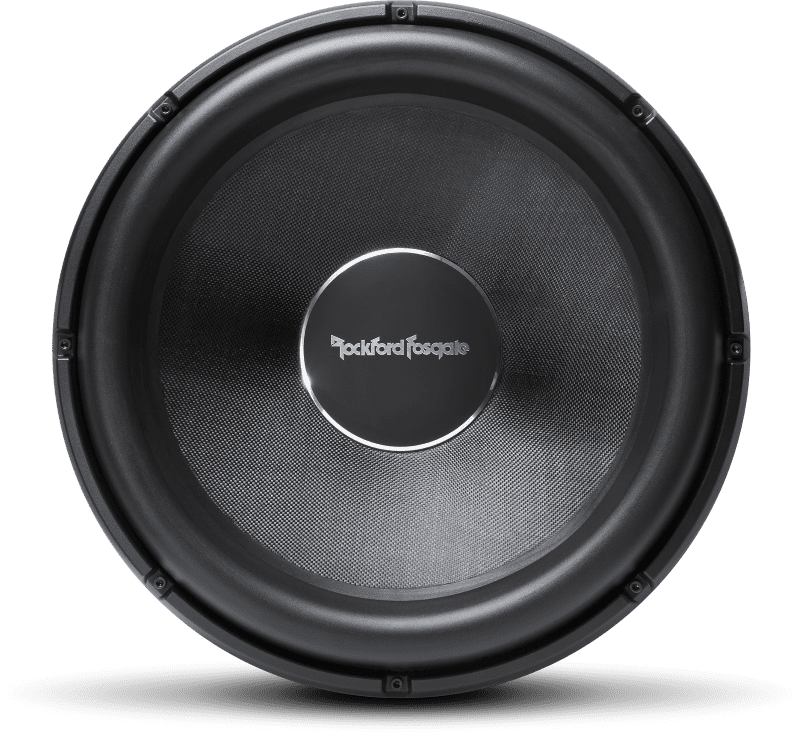
The T3 19-inch superwoofers are available in two models. The T3S1-19 has a single 1-ohm voice coil, while the T3S2-19 has a single 2-ohm coil. Speaking of voice coils, the aluminum voice coil former on these drivers has a diameter of 5 inches and includes a single edge-wound layer. Winding a flat wire around a cylinder on its edge isn’t easy to manufacture, but the single layer means no insulated air pockets of heat, as found on multi-layered coils. This means more thermal capacity, translating into more power handling and less thermal compression for improved overall efficiency.
The voice coil former is vented between the upper spider and the cone to release air pressure and heat at high excursion levels. Power ratings for the T3 19-inch drivers are 3,000 watts continuous with 6,000 watts as the peak. For daily duties, a single T2500-1bdCP is a great choice. Two T2500-1bdCP in PowerSync (strapped) mode will give you more than enough jam if you want to see who has the loudest system.
Keeping the massive 19-inch woofer cone under control is no easy feat, especially with linear excursion capabilities in the 2.7-inch range. As such, the chassis of the T3 woofers is very tall. The mounting depth is 15.62 inches. The chassis is a two-piece die-cast aluminum design with heat sink fins and extensive venting. The motor structure uses a dual-gap, multipole neodymium push/pull design with the voice coil having a dual winding design. A large neodymium magnet slug sits inside the voice coil and provides the electromotive force needed to move the cone. This geometry reduces inductance to numbers well below what some 10-inch woofers with 2-inch voice coils have. As such, the 19-inch woofers produce reasonable midbass – something many woofers today can’t claim at these power levels. As has been proven repeatedly, Rockford Fosgate doesn’t just do things big; it designs for sound quality and includes technologies that most other companies overlook to improve performance. Think of it like a Top Fuel Dragster combined with a Formula 1 car.
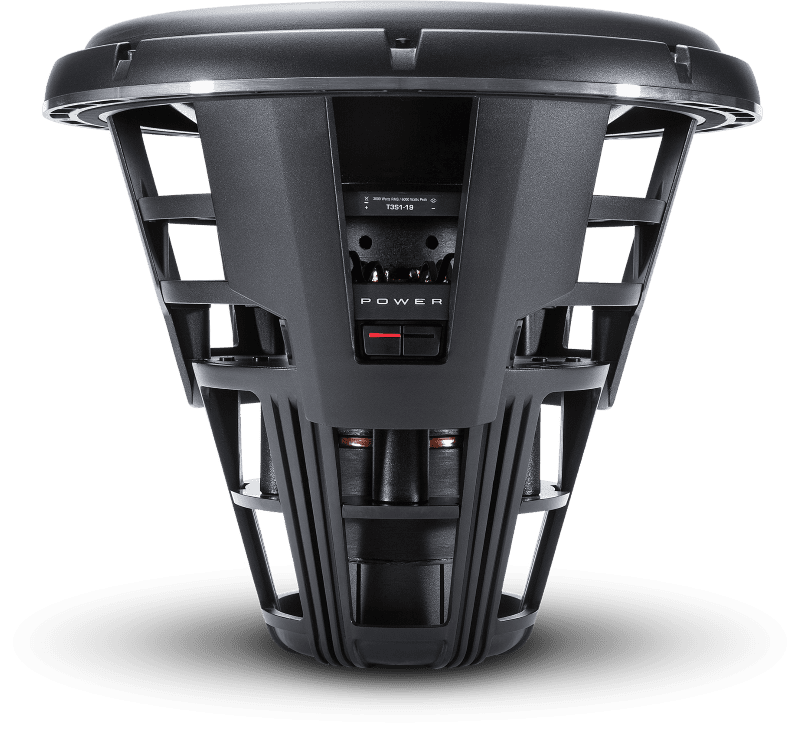
T3 Superwoofer Cone Assembly
The cones of the T3 superwoofers feature top and bottom layers of glass fiber that are laminated over a low-mass, high-strength aramid honeycomb core. This is the same construction used in aerospace applications. An aluminum dust cap ensures stability at high excursion levels.
The surround is made from injection-molded foam and uses Rockford Fosgate’s Vertical Attach Surround Technique (VAST) geometry to maximize the driver’s surface area. An aluminum clamping ring keeps the outer edge of the surround affixed to the chassis.
The Power Series T3 subwoofers use a pair of progressive Nomex spiders that are spaced several inches apart. This geometry is crucial to maintaining linear excursion at high power levels. Any rocking and the voice coil could make contact with the top plate. The tinsel leads from the voice coil are sewn to the upper spider to prevent noise and damage. Electrical connections to your amplifier(s) are made via a pair of massive spring-loaded terminals that can accept 4 AWG wiring. Just for some math fun, 6,000 watts into a 1-ohm load requires 77.4 amps of current continuously with peaks of over 92 amps. Yep, 4 AWG sounds about right.
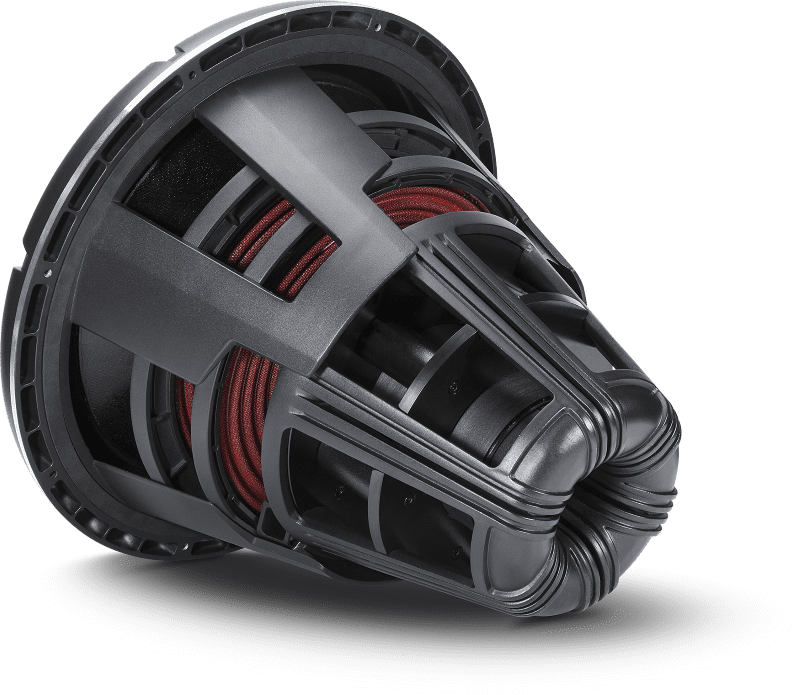
Subwoofer Enclosure Simulations
By now, you should know that the Box Advisor tool on the Rockford Fosgate website is a valuable resource. We looked up the suggested enclosure for a T3S1-19 and were presented with a vented design with an internal volume of 8.0 cubic feet and a 69-square-inch vent that tunes the system to a ground-shaking 24 hertz. This would make a stunning subwoofer solution for a large home theater. In a van or SUV, it would be capable of scaring most audio enthusiasts. If you want maximum output for competitions, 6 cubic feet tuned to around 40 hertz will produce a nice peak where most vehicles are efficient. Based on the simulations, neither design has any power handling issues that are affected by excursion limitations above 20 Hz.
Rockford Fosgate doesn’t recommend a sealed enclosure for the T3S1-19 or T3S2-19, but it will work if you have 3.5 cubic feet of airspace. You’re probably better off with a 13-inch T2 in a vented enclosure. Unless, well, shock factor!
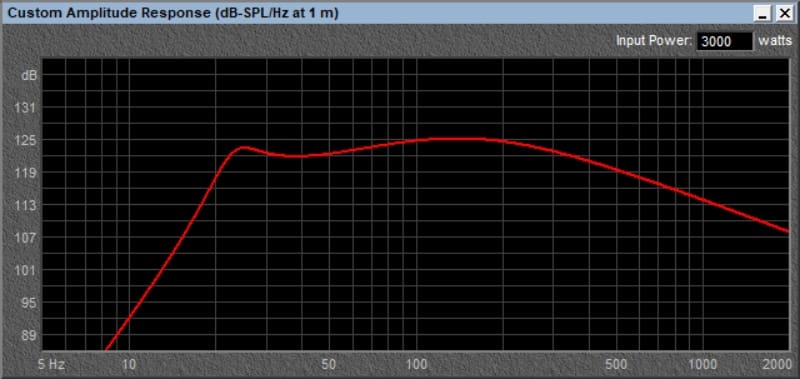
Amazing Bass from the Rockford Fosgate T3S1-19 Superwoofers
If you have to have the biggest, baddest subwoofer on the streets, drop by a local authorized Rockford Fosgate retailer and ask about the mighty T3S1-19 and T3S2-19 superwoofers. You’ll need a well-constructed enclosure and lots of power to get the most out of one of these beasts, but the performance will be well worth the investment. For more information on the Power T3 superwoofers or any of the amazing car audio products from Rockford Fosgate, visit their website and follow them on Facebook, Instagram and YouTube.
This article is written and produced by the team at www.BestCarAudio.com. Reproduction or use of any kind is prohibited without the express written permission of 1sixty8 media.
